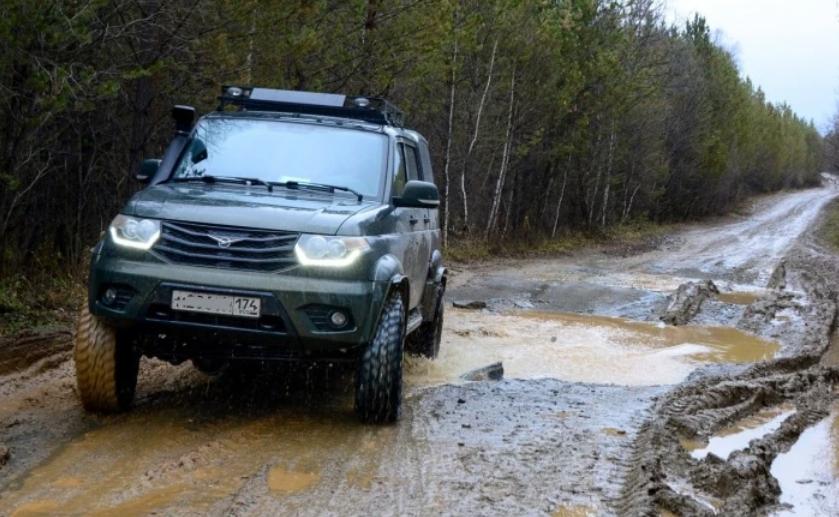How it might look in practice and a list of cars that may fall under mobilization

During mobilization activities, vehicles can be confiscated from citizens. This possibility is directly spelled out in the law “On mobilization training and mobilization in the Russian Federation.” Lawyer Maksim Yedryshov told MSK1.RU what kind of vehicles we are talking about.
“In accordance with the list of vehicles provided to the Armed Forces of the Russian Federation, vehicles of categories M1G, N1G (off-road vehicles), buses (except trolleybuses), trucks and trailers can be seized from owners,” Edryshov explained. – Almost all construction equipment can be seized, as well as snowmobiles, ATVs and ATVs.
Vehicles can be seized both from legal entities (in other words, companies) and ordinary citizens. The latter mostly belong to the categories M1G and N1G.
“The M1G includes Suzuki Grand Vitara, Nissan X-Trail, Chevrolet Niva, Mitsubishi Outlander, the list is endless – this is what people call “jeeps,” said Yedryshov. – All UAZs or all-wheel drive Gazelle are suitable for N1G.
- Category M1 includes cars that transport passengers, and there are no more than 8 seats in the configuration (not counting the driver’s seat).
- Category N1 includes vehicles that transport goods with a permissible weight of not more than 3.5 tons.
Postfix G means that the vehicle belongs to off-road vehicles. The list of requirements for compliance with such transport is listed in detail in the Decision of the Commission of the Customs Union dated 09.12.2011 No. 877 “On the adoption of the technical regulation of the Customs Union “On the safety of wheeled vehicles”.
The possibility of mobilizing cars, including private ones, was provided for in the legislation of the USSR. At that time, the owners of certain types of cars, such as UAZs, had the obligation to register them at the military registration and enlistment offices. In 2018, the Ministry of Defense prepared an order according to which all cars were subject to mobilization, and records were kept using the traffic police database, which made it much easier to identify the right cars and their owners. That order never entered into force, but the relevant provisions were gradually introduced into other normative acts, in particular, they are in Article 13 of the Law “On Mobilization …”.
How can this be in practice
Auto lawyer Lev Voropaev studied the documents and explained the following.
“Since there have been no such events before, it is difficult to say for sure how it will look in practice, but from the analysis of the laws we can draw the following conclusion: during the period of mobilization, military registration and enlistment offices have the right to notify vehicle owners, including private individuals, of the need to appear for military registration cars,” the expert said. – And they can notify their owners in any way, including the dissemination of information through the media.
After that, the owners must provide serviceable vehicles to the draft board, but at first only for registration.
“Vehicles can be seized during the announcement of mobilization only from legal entities, as for private cars, martial law must be declared throughout the country or in part of it,” added Lev Voropaev.
The discussion about the possibility of seizing cars has been going on for a long time, but the authorities have always explained that the army is mainly interested not in cars, but in construction and trucks, sometimes domestic SUVs.
Sanctions for ignoring the order are fines under Article 19.25 of the Code of Administrative Offenses: for individuals – 300-500 rubles, for legal entities – up to 20 thousand.
– As far as I can tell, the mobilization of vehicles should not be confused with conscription, therefore, as such, criminal liability is not provided, – the auto lawyer concluded.
- Share:
